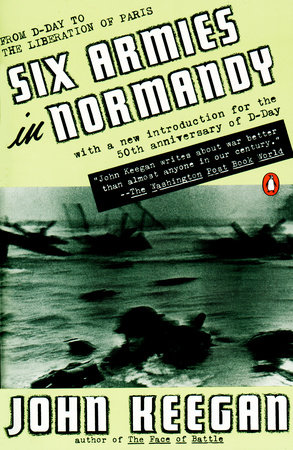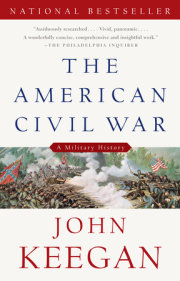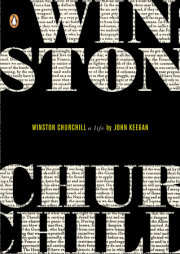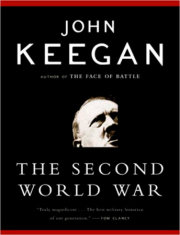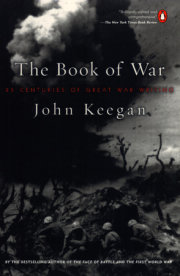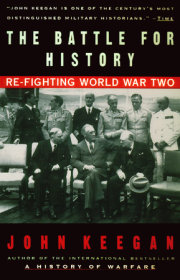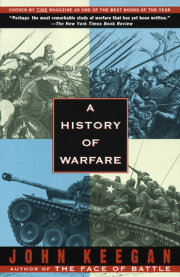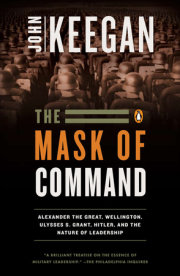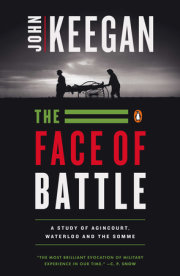Six Armies in Normandy
Illustrations and Credits
Foreword
Acknowledgments
IntroductionPrologue
In the Invasion Area
1. Journey to the Second Front
Stilwell
Wedemeyer
Eisenhower
Molotov
Marshall
Brooke
Montgomery
Rommel
2. All-American Screaming Eagles
Flight
Descent
Landing
Gathering
Action
1. The 3rd/505th at Ste Mère-Eglise
2. The 1st/505th at the Merderet
3. The 2nd/507th at Cauquigny
4. The 3rd/506th at the Douve Bridges
5. The 1st/502nd at WXYZ
6. The 3rd/501st at Pouppeville
3. Canada: to the South Shore
Dieppe: the Awful Warning
Fire Support
The German Defenders
Bombardment
Run-in
Touch-down
Inland
4. Scottish Corridor
The Fight of the Panzer Divisions
The March to the Battlefield
The Fall of Cherbourg
The Great Storm
Epsom
Scotland the Brave
Finding the Enemy
Across the River
5. Yeomen of England
Planning a Break-through
The Waiting Armour
Moving Up
Bombardment
Into the Corridor
Battle Group von Luck
Counter-attack
Repercussions
6. The Honour of the German Army
Break-through
Patton
The Will of the Führer
Operation Lüttich
7. 'A Polish Battlefield'
'The Worst Day of My Life'
Command Indecision
General Sikorski's Tourists
Contact at Chambois
The Mace
8. Free France
Insurrection
Truce
De Gaulle
La Division Leclerc
Liberation
Epilogue
From the Atlantic Wall to the Iron Curtain
Appendix: British, American and German Divisions in Normandy, June 6th-August 25th, 1944
References
Select Bibliography
Index
Index of Formations and Units

